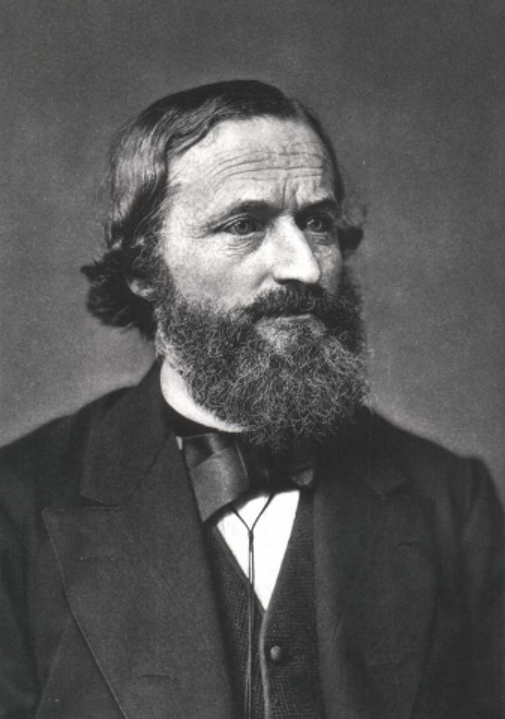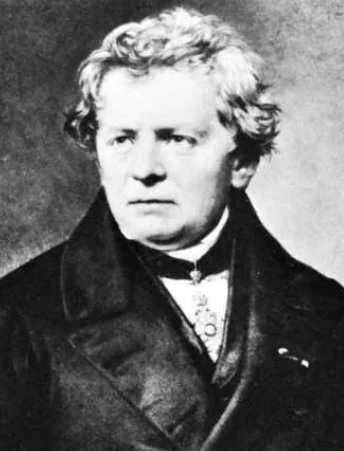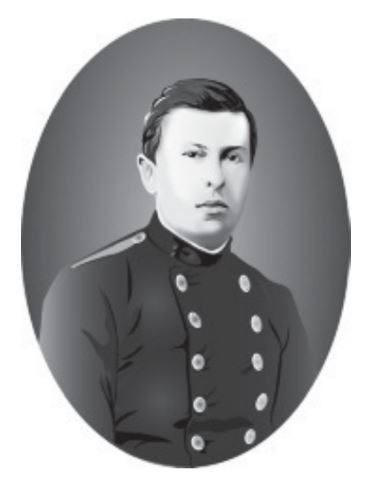Michael Faraday: The Life and Legacy of a Pioneering Scientist
Michael Faraday (1791–1867) was a British scientist who made groundbreaking discoveries in the fields of electromagnetism and electrochemistry. His contributions to science transformed our understanding of electricity and magnetism and laid the foundation for many modern technologies. Despite his humble beginnings and lack of formal education, Faraday’s curiosity, dedication, and scientific genius led to some of the most important discoveries in the 19th century. This biography explores his early life, scientific achievements, personal values, and the lasting impact he left on the world of science.
Early Life and Education
Michael Faraday was born on September 22, 1791, in Newington Butts, a village south of London, England. He was the third of four children in a working-class family. His father, James Faraday, was a blacksmith who struggled to provide for the family due to poor health and financial difficulties. Faraday’s mother, Margaret Hastwell, was a supportive and caring figure who played a significant role in his upbringing.
Because of the family’s limited resources, Faraday received only a basic education. At the age of 13, he was forced to leave school and work as an apprentice to George Riebau, a local bookbinder and bookseller. This job proved to be a turning point in his life. Surrounded by books on a variety of subjects, Faraday developed a deep curiosity about science. In his spare time, he read extensively on chemistry, physics, and electricity. One of the books that deeply influenced him was “Conversations on Chemistry” by Jane Marcet, which presented complex scientific ideas in simple language.
Faraday’s fascination with science grew stronger, and he began to conduct small experiments at home. His curiosity and self-motivation drove him to expand his knowledge despite the lack of formal training. This passion for science would soon open doors to remarkable opportunities.
Early Career and Association with Humphry Davy
In 1812, Faraday attended a series of public lectures given by Sir Humphry Davy, a prominent chemist at the Royal Institution of Great Britain. Faraday took meticulous notes during these lectures and compiled them into a beautifully bound volume. With the courage to seek new opportunities, he sent the volume to Davy, hoping for a position as his assistant.
Davy was impressed by Faraday’s dedication and intellectual curiosity. In 1813, he offered Faraday a position as a laboratory assistant at the Royal Institution. This opportunity allowed Faraday to work closely with Davy and gain hands-on experience with advanced scientific instruments and techniques. During this time, Faraday accompanied Davy on a scientific tour across Europe, where he met leading scientists and was exposed to the latest research.
Faraday’s time with Davy was both an apprenticeship and a rigorous education. While Davy initially viewed him as a servant, Faraday’s intelligence and work ethic soon made him an invaluable assistant. By 1821, Faraday had established himself as a scientist in his own right, with a growing reputation for independent research and innovation.
Major Scientific Achievements
Faraday’s career was marked by numerous discoveries and innovations that reshaped the scientific landscape. His major contributions can be divided into two primary areas: electromagnetism and electrochemistry.
- Electromagnetism and the Electric Motor (1821)
In 1821, building on the work of Danish physicist Hans Christian Ørsted, Faraday discovered the principle of electromagnetic rotation. He demonstrated that a magnetic field could cause a current-carrying wire to rotate around a magnet, creating a continuous circular motion. This experiment laid the foundation for the development of the electric motor, a technology that would eventually revolutionize industry and transportation. - Faraday’s Law of Electromagnetic Induction (1831)
Perhaps Faraday’s most important discovery came in 1831 when he formulated the law of electromagnetic induction. He found that a changing magnetic field could induce an electric current in a nearby conductor. This principle is the basis for modern electric generators and transformers, which convert mechanical energy into electrical energy. Faraday’s work on electromagnetic induction was a turning point in the scientific understanding of electricity and laid the groundwork for the electrical age. - Electrochemistry and Faraday’s Laws (1834)
Faraday also made major contributions to electrochemistry—the study of the relationship between electricity and chemical reactions. In 1834, he established Faraday’s Laws of Electrolysis, which describe how the amount of substance produced during electrolysis is proportional to the electric charge passed through the electrolyte. These laws remain fundamental to modern chemistry and industrial processes like metal plating and battery technology. - Discovery of Benzene (1825)
In addition to his work on electromagnetism, Faraday also discovered benzene, a simple hydrocarbon that became a foundational compound in organic chemistry. This discovery had wide-ranging implications for the development of synthetic materials, including plastics and pharmaceuticals. - Diamagnetism and Field Theory
Faraday investigated the magnetic properties of materials and coined the term diamagnetism, referring to substances that are repelled by magnetic fields. His studies of magnetic lines of force led him to develop the concept of field theory, a revolutionary idea that influenced James Clerk Maxwell’s later formulation of electromagnetic theory.

Personal Life and Character
Faraday was known for his modesty, humility, and deep religious faith. In 1821, he married Sarah Barnard, a kind and supportive partner who remained by his side throughout his career. Although they had no children, their marriage was a happy and stable one.
Despite his rising fame, Faraday declined offers of knighthood and other honors, believing that scientific discovery should be pursued for its own sake rather than for personal glory. His commitment to integrity and the pursuit of knowledge reflected his values as a member of the Sandemanian Church, a Christian sect known for its emphasis on humility and community service.
Faraday was also an exceptional communicator of science. He gave popular Christmas Lectures at the Royal Institution, making complex scientific concepts accessible to the general public. His ability to explain difficult ideas clearly and simply made him a beloved figure in both scientific and public circles.
Later Years and Legacy
In the latter part of his life, Faraday’s health began to decline, and he gradually withdrew from active research. In recognition of his contributions, the British government granted him a house at Hampton Court, where he spent his remaining years in peace. He passed away on August 25, 1867, at the age of 75.
Faraday’s legacy continues to shape modern science and technology. His discoveries in electromagnetism paved the way for innovations such as electric power generation, communication systems, and medical imaging. The farad, the unit of electrical capacitance, was named in his honor.
Conclusion
Michael Faraday’s life is a testament to the power of curiosity, perseverance, and intellectual integrity. From humble beginnings, he rose to become one of the most influential scientists in history. His work on electromagnetic induction, electrochemistry, and field theory remains fundamental to modern physics and engineering. Faraday’s ability to bridge the gap between scientific research and public understanding set a standard for future generations of scientists. His contributions not only advanced human knowledge but also laid the foundation for the technological world we live in today.
Other articles you might like to read:



